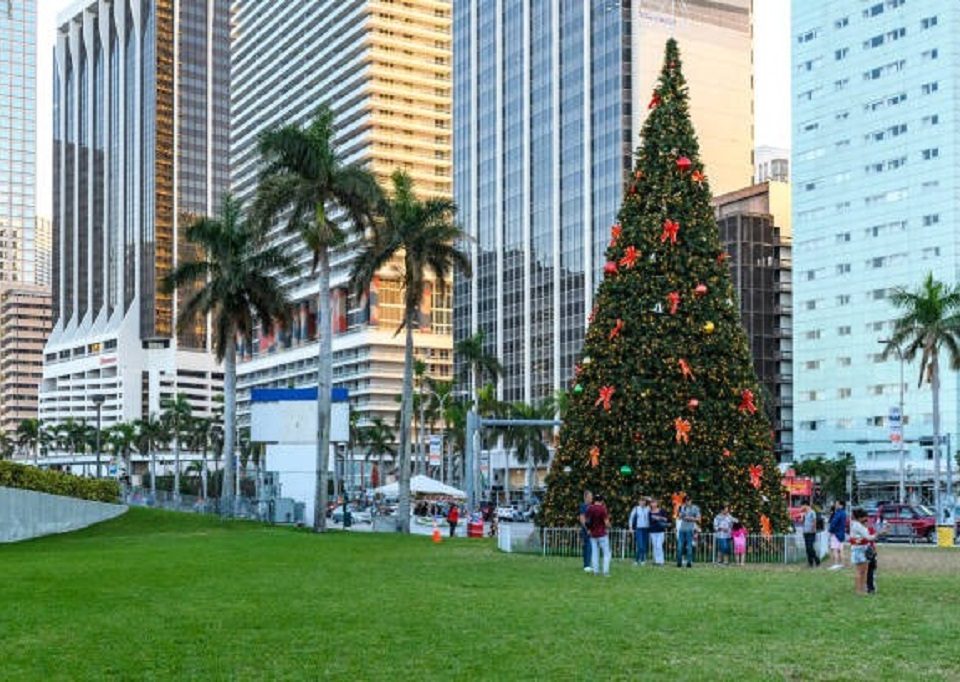Position tracking v position sensors

These sexual health wellness trends will be big in 2020
January 30, 2020
Website management mistakes to avoid
January 30, 2020We hear a lot about tracking technology, whether in terms of insurance ‘black boxes’ or systems that enable you to track a courier to your door with a parcel. You will also hear about position sensing and while you might think this is the same thing, it isn’t. Let’s take a look at the differences, why they are important, and why we will need both in the future.
![]()
Position sensors
Let’s look at position sensors first. This is technology that looks at the immediate environment of an object. In automotive terms, it might be the reversing sensors that beep when you are getting close to an object.
Combined with some automation, it can also be the automatic emergency braking systems that deploy if you are getting too close to something in front or the lane departure warning systems that alert you if you are wandering out of your lane.
Position sensors are key to the success of self-driving cars, enabling them to scan and react to the world around them.
Position tracking
Position tracking, on the other hand, operates on more of a macro level and is about understanding the location of an object; for example, companies such as Vehicle Accessories provide vehicle tracking solutions that enable fleet managers to know where a vehicle is at any time.
![]()
Typically, vehicle tracking uses the GPS satellite system to determine the location of an object and see which way it is moving and how fast. This is the technology that enables you to track your Amazon courier’s van, for example.
The same technology is used by your satnav so that it knows where you are and can direct you accordingly. The key difference from position sensing is that tracking knows where an object is but doesn’t know anything about its immediate surroundings. You satnav can’t tell you that you are about to reverse into a bollard, for example.
As we move towards the use of autonomous vehicles, it is clear that these two technologies will need to overlap and work together. For a self-driving vehicle to reach its destination safely, it will need to combine tracking information – to know where it is and where it is going – with sensing information to interpret its immediate environment and enable it to deal safely with changing hazards.
Warning: Trying to access array offset on value of type null in /home/speakyma/public_html/checkyourhud.com/wp-content/themes/betheme/includes/content-single.php on line 286



